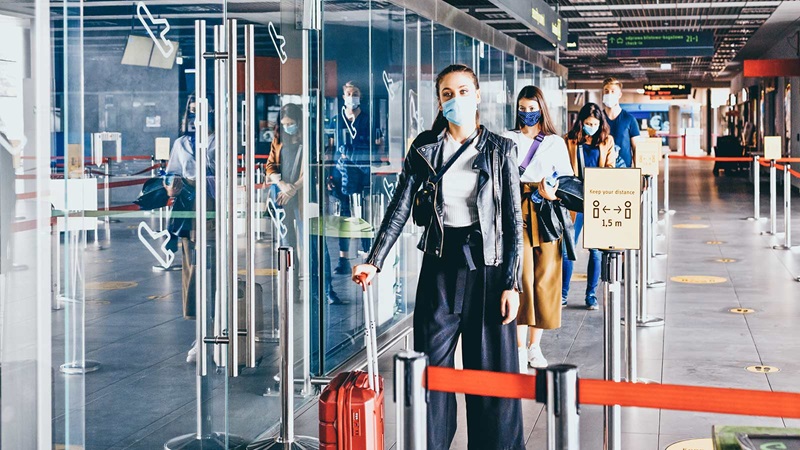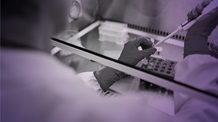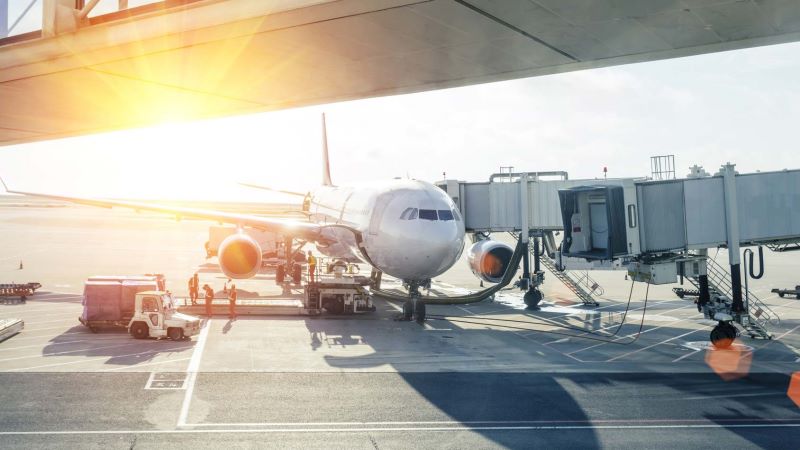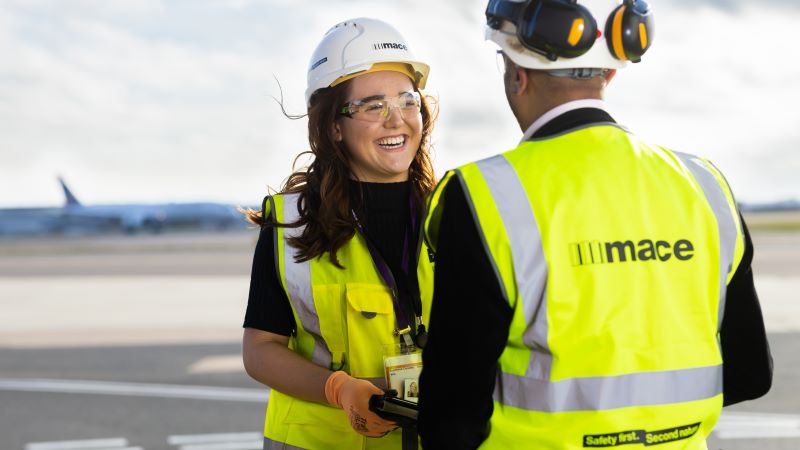Landing safely: how can airports help to prevent the spread of COVID-19?
After a year of restrictions and lockdowns, we’re all looking forward to a future where we can travel again. Whether it’s for business or pleasure, we know that the return of the aviation sector is vital for the long-term global economic recovery. Airports and airlines around the world are preparing for a return to normal – but how can they ensure that they keep passengers and their staff safe?
Airports already benefit from a universal acceptance that, to complete a journey, there are a set of conditions that must be complied with. Given this, it’s not unthinkable that further requirements, such as mandatory Covid-19 testing, could be absorbed into standard passenger behaviour with relatively limited resistance.
What will create unrest, is if new measures have a notable impact on the overall passenger experience, not least through increased queuing times.
To ensure this doesn’t become a problem, airports need to rethink how they’re configured and understand how they can implement the new infrastructure needed to keep people safe while on site and to stop cases of the virus crossing borders.
As the vaccine rollout picks up pace in more countries, social distancing will inevitably start to wane, but in environments where there are large numbers of people from all over the world, including countries that are less progressed in their vaccination schemes, the practice must remain to aid protection. For example, at London’s Heathrow Airport, enhanced signage and floor stickers reinforce the guidelines for social distancing, intuitive one-way systems prevent passenger crossover points, and roaming safety marshals help passengers who do not have the appropriate equipment or are not adhering to guidance.
Innovative technology has a major role to play in driving behaviour change and making social distancing feel like the norm. In recent weeks augmented reality queuing systems have received widespread recognition, capturing the attention of the public for its inventiveness in helping people to maintain distance. Importantly, this system presents an opportunity to improve an area of passenger experience that has long-standing challenges, offering convenience, agility and comfort through a more organised and speedier boarding process.
Technology will also play an integral role in minimising surface contact throughout the passenger journey. From advanced CT scanning, which allows items to remain in bags during security checks, to enhanced use of touchless technology, the opportunity is there if the infrastructure can be effectively installed.
Where it isn’t possible to avoid surface contact, such as use of safety-essential handrails, hygiene comes to the fore. Continued provision of hand sanitiser points and a rigorous approach to cleaning, including through the use of robots and self-cleaning touch displays, should remain at the top of the agenda.
The lessons learned and data captured must be shared among airports and airlines and, indeed, beyond the sector. This information is central to the aviation sector becoming a leader in the Covid-19 battle.
Behavioural change and improvement to infrastructure will only go so far in helping airports to control the spread of the virus. Testing, in its own right, requires changes to infrastructure and behaviours, along with innovations, but has the critical role of keeping positive cases in country and minimising the risk of international transmission. Without effective testing, we will not achieve quarantine-free international travel in the timescales we are all hoping for.
The approach to testing at airports has varied across countries depending on government policy, with some nations, such as the UK, perplexingly not implementing on-arrival and before-departure testing until recently. Mace’s airport clients around the world have shown how on-site testing has been successfully rolled out, and the benefits are clear; our client in Iceland, Isavia, was the first airport in the world to implement a government backed arrivals testing regime and is rightly praised for doing so.
It is essential that we seek international consistency, putting pressure on respective governments to support the measures that our leading industry professionals say – based on the primary data they have – are critical to operating airports safely.
Although Covid-19 vaccinations haven’t been proven to stop transmission of the virus, having had the necessary jabs will eventually become a recognised mark of safety. In the meantime, proof of test results needs to be easily accessible on an identifiable platform.
To facilitate this ‘certification process’, the aviation community needs to develop and endorse a universally recognised system (or systems) that enable passengers to prove they’ve met entry requirements. IATA’s digital Travel Pass is one example that is now in full trail mode with another Mace client, Qatar Airways. The app, which provides two-way flow of information – passengers can find entry requirements and airport officials can quickly check a passenger’s credentials – could set the precedent for the medium term.
There’s no silver bullet and it would be unwise to pretend the aviation sector isn’t facing another challenging year. I am confident, however, that with the right combination of innovation, commitment and collaboration from across the sector, we can achieve a consistent approach that gives governments and passengers the faith they need. The aviation sector will come back and, when it does, passengers can take huge confidence in the strides taken over the last twelve months to ensure safety, health and wellbeing remain top of the agenda.









.png?h=100&w=100&la=en&hash=7323A6E2312893951EFC68F187706C33)





